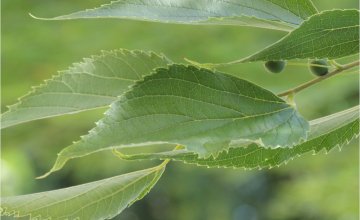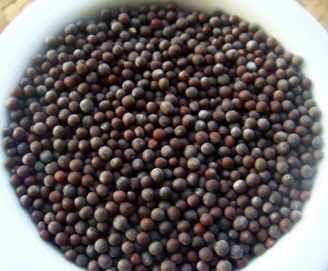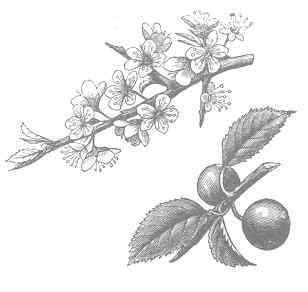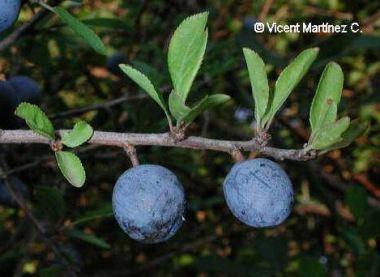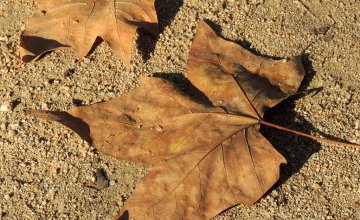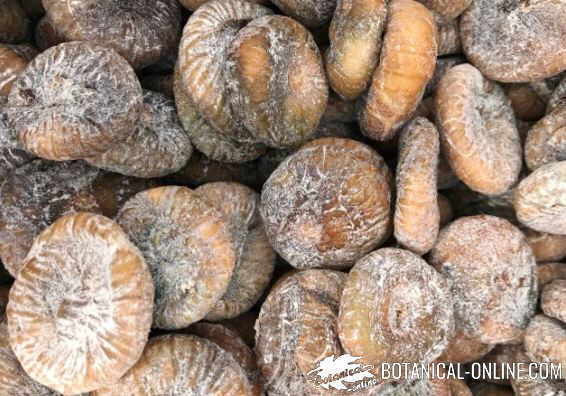Contents
- 1 Extraction of sugar from sugar cane
- 1.1 Sugar production process from sugar cane
- 1.2 Sugar obtaining process
- 1.3 Sugar cane storage
- 1.4 Juice preparation and extraction, or “chopping and grinding”
- 1.5 Clarification of sugarcane juice
- 1.6 Sugarcane juice evaporation
- 1.7 Spinning the sugar
- 1.8 Drying and cooling the sugar
- 1.9 Sugar classification
- 1.10 Sugar packaging
- 1.11 Is it good to eat sugar?
Extraction of sugar from sugar cane
Sugar production process from sugar cane
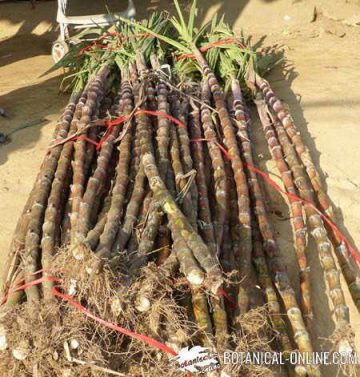
It is on everyone’s lips that sugar is a highly refined product that has health disadvantages. However, most of these people are unaware of the process that sugar cane goes through to extract its sugar.
On the other hand, in the market there are many types of sugar: panela, molasses, brown sugar, … Knowing the processing of sugar cane will show us where they are obtained and will help to understand the properties of each type of derivative of sugar cane.
Sugar obtaining process
The processes sugar cane (Saccharum officinarum L.) goes through to become sugar are the following:
- Harvest. The sugar cane is cut.
- Storage
- Juice preparation and extraction, or “chopping and grinding.”
- Clarification
- Evaporation
- Crystallization
- Spinning
- Dried and cooled
- Classification
- Packing
Sugar cane storage
Once the quality of the juice content is determined, and the baggage (fiber) and the level of impurities present in the harvest are estimated, the product is weighed, washed and stored.
The storage time of sugarcane is short, as the sun deteriorates the quality of the sugarcane and reduces the technological performance of the juice. For this reason, it is necessary to try to grind the harvest in a time not exceeding 48 hours.
Juice preparation and extraction, or “chopping and grinding”
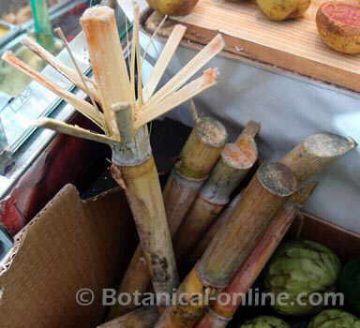
These two processes are carried out subsequently, in a shredder machine and with extractor mills. First, the cane is chopped with rotating and shredder blades. The chopping will facilitate the subsequent extraction of its juice.
The juice is extracted from the chopped pieces by pressing. Due to the property of sugar to dissolve in water, hot water is added to this process, managing to extract the maximum amount of sucrose still present in the sugarcane fibers. With this method it is possible to extract more than 90% of the sugar that is in the sugar cane.
After grinding, a by-product, bagasse, is formed by the residual fibers of the sugar cane. Bagasse is often used as fuel, to make cardboard or paper.
Clarification of sugarcane juice
The juice is pumped from the mills to the clarifiers. This process is carried out using lime and temperature. The acidity of the sugarcane juice is neutralized by the lime and the increase in temperature.
The treated juice is allowed to settle in continuous clarifying tanks. Foam, mud and waste are decanted into them.
Sugarcane juice evaporation
The decanted juice is transported in an evaporating station. Evaporators consist of a series of vacuum ceilings, with which boiling at a lower temperature is achieved.
From this process a syrup with an approximate sugar concentration of 55% to 60% is obtained.
Spinning the sugar
The tempera is poured into high speed vertical centrifuges. The sugar crystals are separated from the “syrup”, called “prime molasses.”
Drying and cooling the sugar
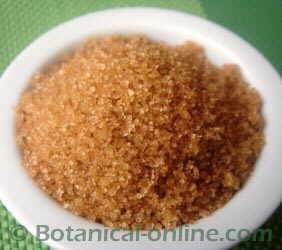 Brown sugar has a composition very similar to that of white sugar (more information).
Brown sugar has a composition very similar to that of white sugar (more information).
The still wet sugar crystals are dried with hot air against the current and then cooled with cold air against the current.
Instead, the molasses are sent to a new evaporator, where sugar and the so-called “second-rate molasses” are obtained.
Sugar classification
Molasses and sugar are classified according to their moisture content and total sugar, factors that determine their quality.
Sugar packaging
Currently there are many presentations of sugar, according to their preparation and their purpose: candy sugar, pearl, muscovado, demerara, brown whole, refined brown…
Is it good to eat sugar?
There is a very intense debate about the need to ingest sugars, even those that are of natural origin. What are the benefits of sugar? How does it harm us?
* Related information:
![]() More information on sugar
More information on sugar


